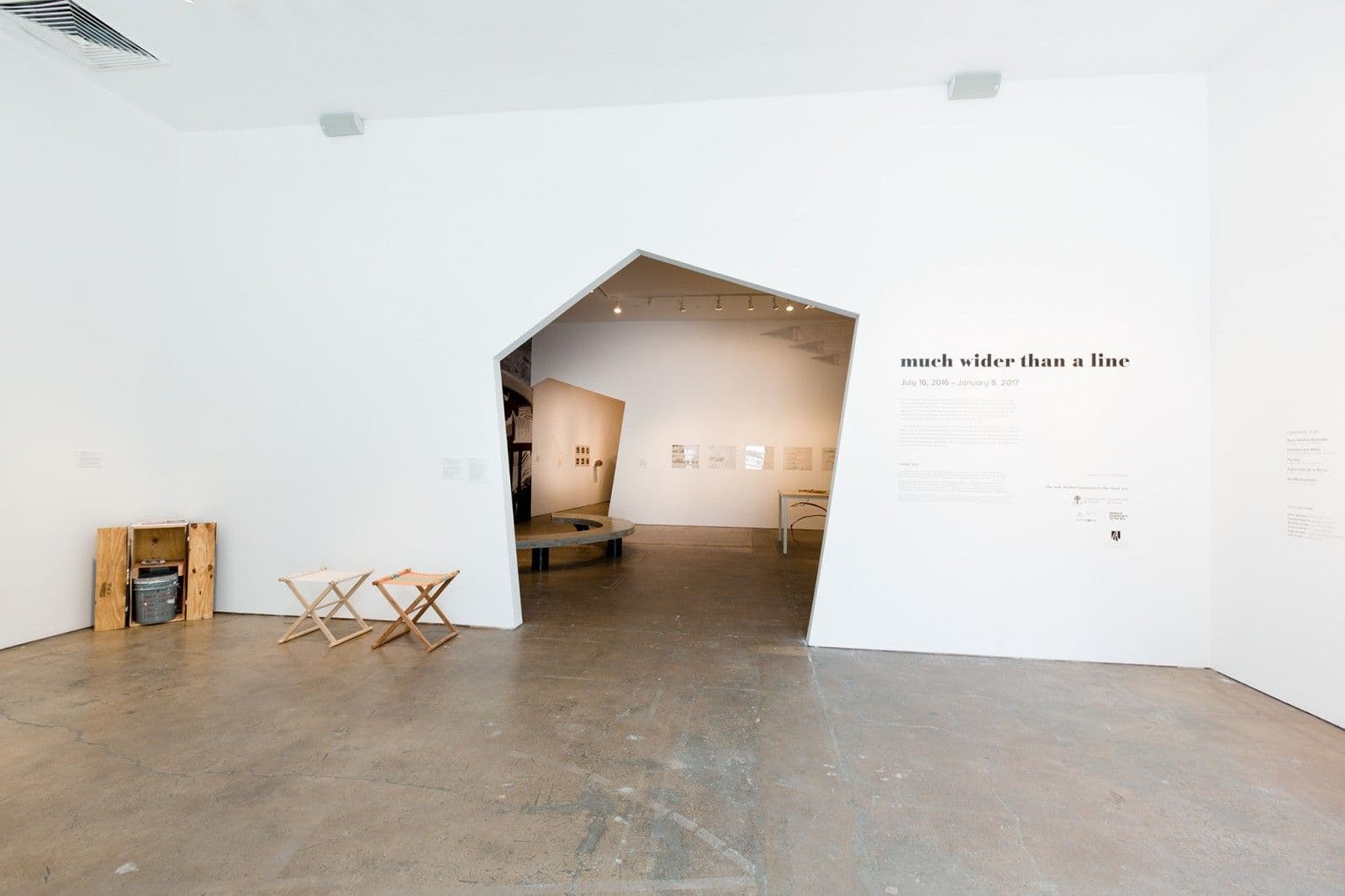Carla Fernández
Year born:
1973
Location:
Saltilla, Mexico
Website:
Carla Fernández is a fashion designer and historian who for the past twenty years has studied, preserved, and revitalized the textile heritage of Mexico's Indigenous communities. She is the founder of Taller Flora (Flora Workshop), a studio that includes a fashion label as well as mobile design workshops. Traveling throughout Mexico, Fernández visits hand-spinners, weavers, embroiderers, and garment makers to document their traditional techniques, which include backstrap-loom weaving, natural dyeing, embroidering, as well as geometric structuring, pleating, and folding. Working with the local communities, Taller Flora adapts and transforms some of these practices to produce new models that generate income for the producers, while recognizing their contri-bution. This is especially significant in Mexico, where 90 percent of the artisans are women, most of them family bread-winners living below the poverty line.
Fernández's book The Barefoot Designer: A Handbook (2014) is a detailed archive of Mexico's rich Indigenous and mestizo textile traditions and her related work. The title pays homage to The Barefoot Architect: A Handbook for Green Building (2007) by Johan van Lengen, who traveled all over Mexico to learn how people constructed local vernacular architecture. Fernández's work is also inspired by and builds on the legacy of a previous generation of women who researched and defended Mexican Indigenous traditions, including Diana Kennedy on Mexican cooking and Mariana Yampolsky on Mexican vernacular housing.
For much wider than a line, Fernández collaborates with Mexican Indigenous communities to create ponchos, or quechquemitls, that exhibition visitors can wear. The quechquemitl — in Nahuatl, quechtli means "neck" and tlaquemitl means "garment" — is clothing made from two squares folded to form triangles that cover each side of the torso. The corners of the quechquemitl can be worn at the front and back, or to the sides, sloping down along the arms. In the production of each garment, Fernández collaborated with different communities of artisan weavers with whom she has long-term working relationships, including the Tzotziles from San Juan Chamula; Otomis from San Pablito, Pahuatlán Puebla, and El Nanthe, Hidalgo; Amuzgos from Xochsitlahuaca, Guerrero; Nahuatls from Hueyapan, Puebla; and Zapotecos from Teotitlán del Valle, Oaxaca.
- Pablo León de la Barra
